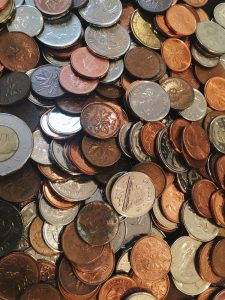Forex, or foreign exchange, is the largest financial market in the world. It is a decentralized market where currencies are bought and sold by traders all around the world. The forex market is highly volatile and is influenced by various factors such as economic events, political developments, and central bank policy changes. As a result, traders need to have a deep understanding of the market and be able to recognize patterns to make profitable trades. One way to do this is by programming a system to capture patterns.
Programming a system to capture patterns in forex involves using algorithms to identify recurring patterns in the market. These patterns can be used to make predictions about the direction of the market and to make profitable trades. Here are some steps to follow when programming a system to capture patterns in forex:
Step 1: Define the Patterns to Look for
The first step in programming a system to capture patterns in forex is to define the patterns to look for. These patterns could include support and resistance levels, trend lines, chart patterns, and candlestick patterns. It is important to have a clear understanding of the patterns you want to capture before you start programming.
Step 2: Gather Historical Data
The next step is to gather historical data from the forex market. This data can be obtained from various sources such as forex brokers, data providers, and online forums. The data should include price, volume, and other relevant information for the currency pairs you want to trade.
Step 3: Develop the Algorithm
Once you have the historical data, you can start developing the algorithm to capture patterns. This involves using mathematical formulas to identify patterns in the data. There are various programming languages that can be used for this purpose such as Python, Java, and C++. The algorithm should be able to identify patterns in real-time data as well as historical data.
Step 4: Test the System
After developing the algorithm, it is important to test the system to ensure that it works as intended. This involves backtesting the system using historical data to see how it performs. You can also use a demo account to test the system in real-time trading conditions without risking any real money.
Step 5: Refine the System
Based on the results of the testing, you may need to refine the system to improve its performance. This could involve tweaking the algorithm to capture more accurate patterns or adjusting the parameters to optimize the system for specific currency pairs.
Step 6: Implement the System
Once you are satisfied with the performance of the system, you can implement it in your trading strategy. This involves using the system to identify patterns and make trades based on the predictions. It is important to monitor the performance of the system and make adjustments as needed.
In conclusion, programming a system to capture patterns in forex can be a powerful tool for traders. By using algorithms to identify recurring patterns in the market, traders can make predictions about the direction of the market and make profitable trades. However, it is important to have a deep understanding of the market and to test and refine the system before implementing it in your trading strategy.





